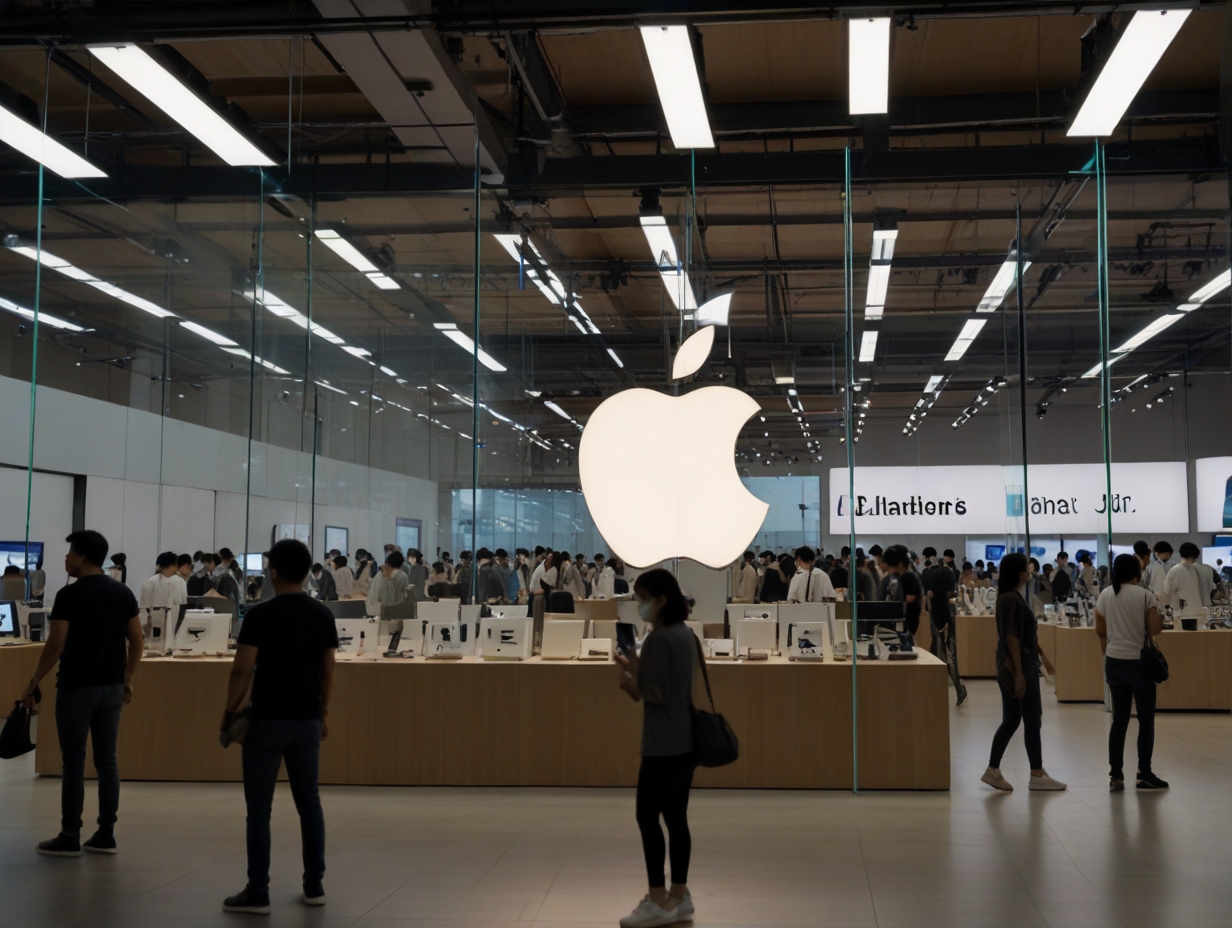The digital world is constantly changing with the appearance of virtual influencers designed by sophisticated technology. Such digital images, made possible by AI and advanced technologies, have led to a rise in the definition of how brands relate to the audience and market their products or services. Although the idea is not unique, recent breakthroughs in AI and the rising prominence of the creator economy have led to a resurgence in virtual influencers.
For instance, luxury fashion brand Coach released its “Find Your Courage” campaign in March, starring a virtual influencer, Imma. Notably, even social platforms are starting to take part. For instance, TikTok is said to be working on an AI-based functionality to create AI influencers to star in videos, which could potentially compete with real human creators for some ad deals. However, virtual influencers are no different from what AI has been criticized for and have managed to create a strong division in the marketing industry, with some polar opposite views.
Cost efficiency and flexibility
Virtual influencer campaigns are cheaper than traditional influencer campaigns. Unlike their human counterparts, virtual influencers incur almost no production costs, as the costs of talent hiring, travel, and location scouting have been eliminated.
These expenses will probably be significantly lower because all that is required is this digital character on a screen that can be handled by a team based anywhere. For instance, Rafael Schwartz, the chief revenue officer at influencer marketing agency Territory Influence, would budget at least $50,000 for a full-scale video production with a larger influencer; however, a virtual influencer could reduce that cost to less than $1,000.
Budgets have been dramatically cut down, enabling marketers to plan expenditures better and increasing the degree of return on investment. Moreover, virtual influencers are characterized by their ability to exceed human limitations due to their flexibility. These digital entities aren’t limited by time restrictions and are active all day long, supplying audiences of different time zones without having to be tired or because of schedule conflicts.
Control and reliability
A virtual influencer’s performance is not limited to the 24-hour cycle of a human. In addition, the schedule of a human being is something that soon gets more and more dynamic and can produce more and more frustrations. Unlike highly unpredictable human influencers who could make personal mistakes that risk brand reputation, virtual counterparts follow the brand line from scratch and minimize the risk of creating a negative image. With complete control over their message and image, brands can protect themselves and communicate consistently to consumers. Brands like Ludo Magalu are time-tested examples, working 24 hours a day, 7 days a week.
Challenges and controversies
Nevertheless, the phenomenon of virtual influencers is not devoid of challenges and concerns. Because the technology and coding needed to create a virtual influencer are modern, designing one is very expensive.
Even though there is a lot of skepticism about whether or not human influencers are true or not, what goes in their favor is the kind of human experience and emotion they must show. Consumers buy into influencers by virtue of how much they connect to their personalities and experiences, whom they feel attached to parasocial. Virtual influencers are not human beings, and thus, they do not have human experiences. They can imitate experiences, but they are not so good.
Virtual influencers are perfect in functional roles, such as makeup tutorials, but they do not produce as much empathy and relatability, which are virtues necessary for developing long-lasting consumer loyalty





